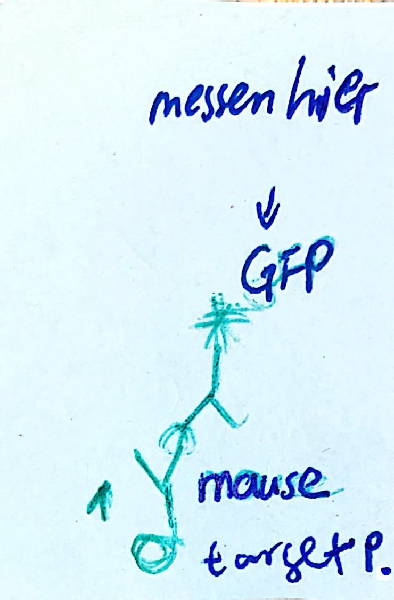Analyzing Caspase 1 Activity: A Study Using Mouse Antibody Detection and GFP Tagging
gene_x 0 like s 974 view s
Tags: research
When studying caspase 1 signaling, researchers often use specific antibodies and fluorescent proteins to better visualize and measure the protein's activity and expression. Here's how they might apply to your study:
-
Mouse Antibody for Caspase 1: An antibody produced in mice that specifically recognizes caspase 1 can be used for Western blotting, immunofluorescence, or immunohistochemistry assays. This allows researchers to detect and quantify caspase 1 presence and cleavage (activation) in various samples. For example, a mouse anti-caspase 1 antibody could help identify the levels of pro-caspase 1 and its cleaved, active form within cells.
-
Green Fluorescent Protein (GFP) Tagging: GFP can be used as a tag for caspase 1 in genetic constructs. By fusing the GFP gene to the caspase 1 gene, researchers can create a caspase 1-GFP fusion protein. When expressed in cells, this fusion protein allows for the real-time visualization of caspase 1 location and dynamics under a fluorescence microscope. The green fluorescence provides a direct and convenient method to monitor caspase 1 expression and activity in living cells.
Combining these tools, researchers can gain detailed insights into the regulation, expression, and activation of caspase 1 in the context of cell death, inflammation, or disease processes. This can include observing the redistribution of caspase 1 during inflammasome assembly, tracking caspase activation over time, or quantifying differences in caspase levels between different experimental conditions.
Das grün fluoreszierende Protein (Abkürzung GFP; engl. green fluorescent [ˊfluːәresnt] protein) ist ein erstmals 1962 von Osamu Shimomura beschriebenes Protein aus der Qualle Aequorea victoria, das bei Anregung mit blauem oder ultraviolettem Licht grün fluoresziert. Zum Beispiel, bei Inflammasome ist der Target-Protein caspase 1.
点赞本文的读者
还没有人对此文章表态
本文有评论
没有评论
看文章,发评论,不要沉默
最受欢迎文章
- Motif Discovery in Biological Sequences: A Comparison of MEME and HOMER
- Calling peaks using findPeaks of HOMER
- Kraken2 Installation and Usage Guide
- Why Do Significant Gene Lists Change After Adding Additional Conditions in Differential Gene Expression Analysis?
- Should the inputs for GSVA be normalized or raw?
- PiCRUST2 Pipeline for Functional Prediction and Pathway Analysis in Metagenomics
- Updating Human Gene Identifiers using Ensembl BioMart: A Step-by-Step Guide
- pheatmap vs heatmap.2
- Setup conda environments
- Guide to Submitting Data to GEO (Gene Expression Omnibus)
最新文章
- Risks of Rebooting into Rescue Mode
- 足突(Podosome)、胞外囊泡(Extracellular Vesicle)与基质金属蛋白酶(MMPs)综合解析
- NCBI BioSample Submission Strategy for PJI and Nasal Microbiota Study
- Human RNA-seq processing for Data_Ben_RNAseq_2025
最多评论文章
- Updating Human Gene Identifiers using Ensembl BioMart: A Step-by-Step Guide
- The top 10 genes
- Retrieving KEGG Genes Using Bioservices in Python
推荐相似文章
足突(Podosome)、胞外囊泡(Extracellular Vesicle)与基质金属蛋白酶(MMPs)综合解析
基因组与表型特性研究:一株药物敏感的鲍曼不动杆菌显示出增强的毒力相关特性和应激耐受性
